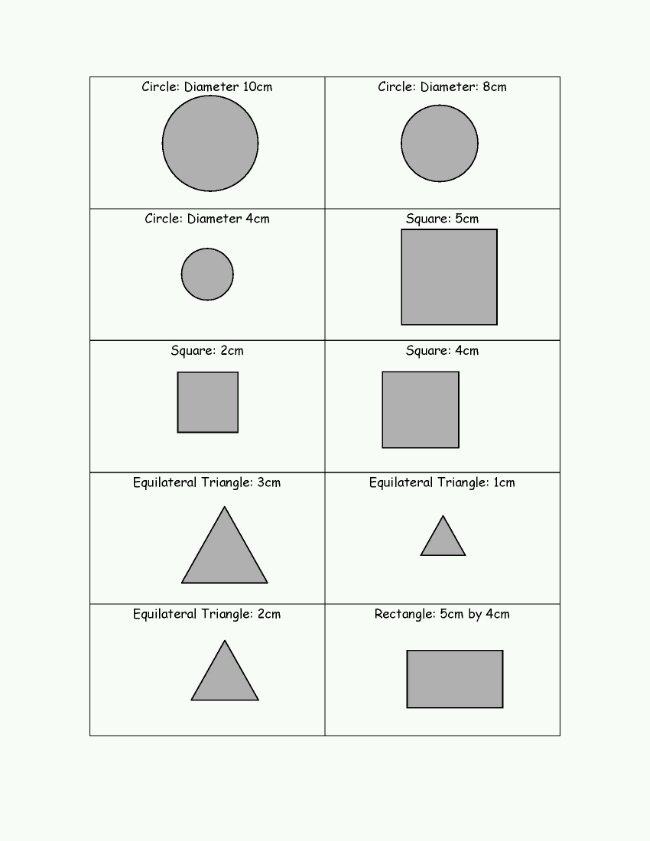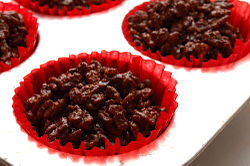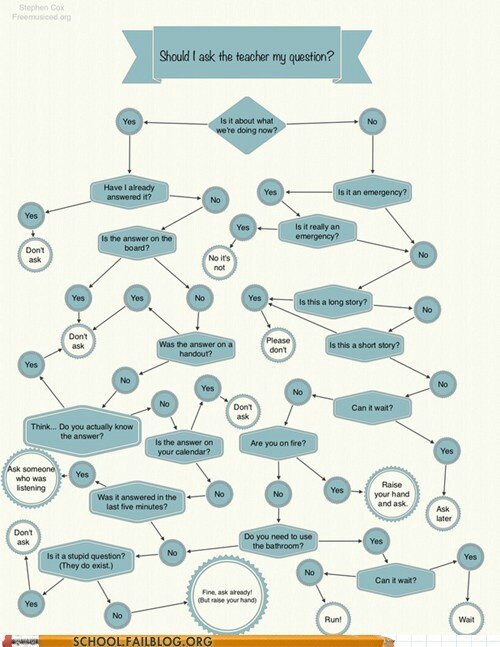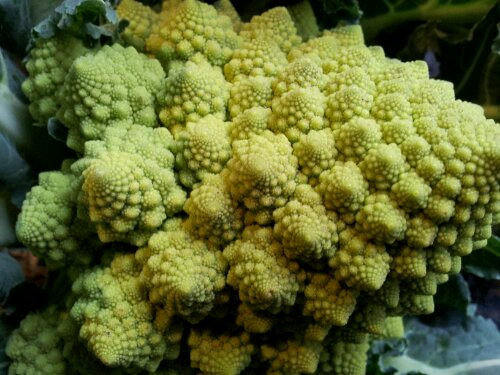This activity started as a simple card game to assess if pupils knew the difference between Similarity and Congruence. It’s grown into four tasks appropriate for small groups or whole classes, whether it is sunny or rainy.
Aim
To identify when simple shapes are similar and when they are congruent.
Equipment
Two identical sets of cards, either playing card size or A3/4. The cards can be downloaded in pdf or Word format here.

Mini-whiteboards (optional)
Chalk (optional)
Game 1: Snap
Using a set of playing cards, pairs or small groups of pupils play snap. Usual rules apply, with a twist. Instead of shouting ‘Snap’, you shout ‘Similar’ or ‘Congruent’. If you get it right, you win the cards. If you get it wrong, your opponent gets the cards.
Game 2: Find a …
Each pupil is given a card. The teacher says ‘Congruent’ and they must find a partner who is congruent to them. The teacher checks the pairs.
The pupils swap cards with their partner and the game restarts. The teacher continues to say congruent or similar until everyone has tried out a variety of shapes.
Game 3: Quiet cards
The teacher has two stacks of shuffled A4 cards at the front and the pupils have whiteboards. The teacher holds up two cards and the pupils secretly write down ‘Similar’, ‘Congruent’ or ‘Neither’. The class then share their results.
Variation: If a pupil gets it wrong, their whiteboard is taken away. The winner is the last pupil with a whiteboard.
Game 4: Loud cards
This works on a similar principle to quiet cards, except you are outside and louder.
Using chalk, allocate an area for each of the three answers. When the teacher holds up a pair of cards the pupils walk* to the correct answer. Pupils can be eliminated in a similar way to Game 4.
*Disclaimer: You know they are going to be running to their answers.
Like this:
Like Loading...







